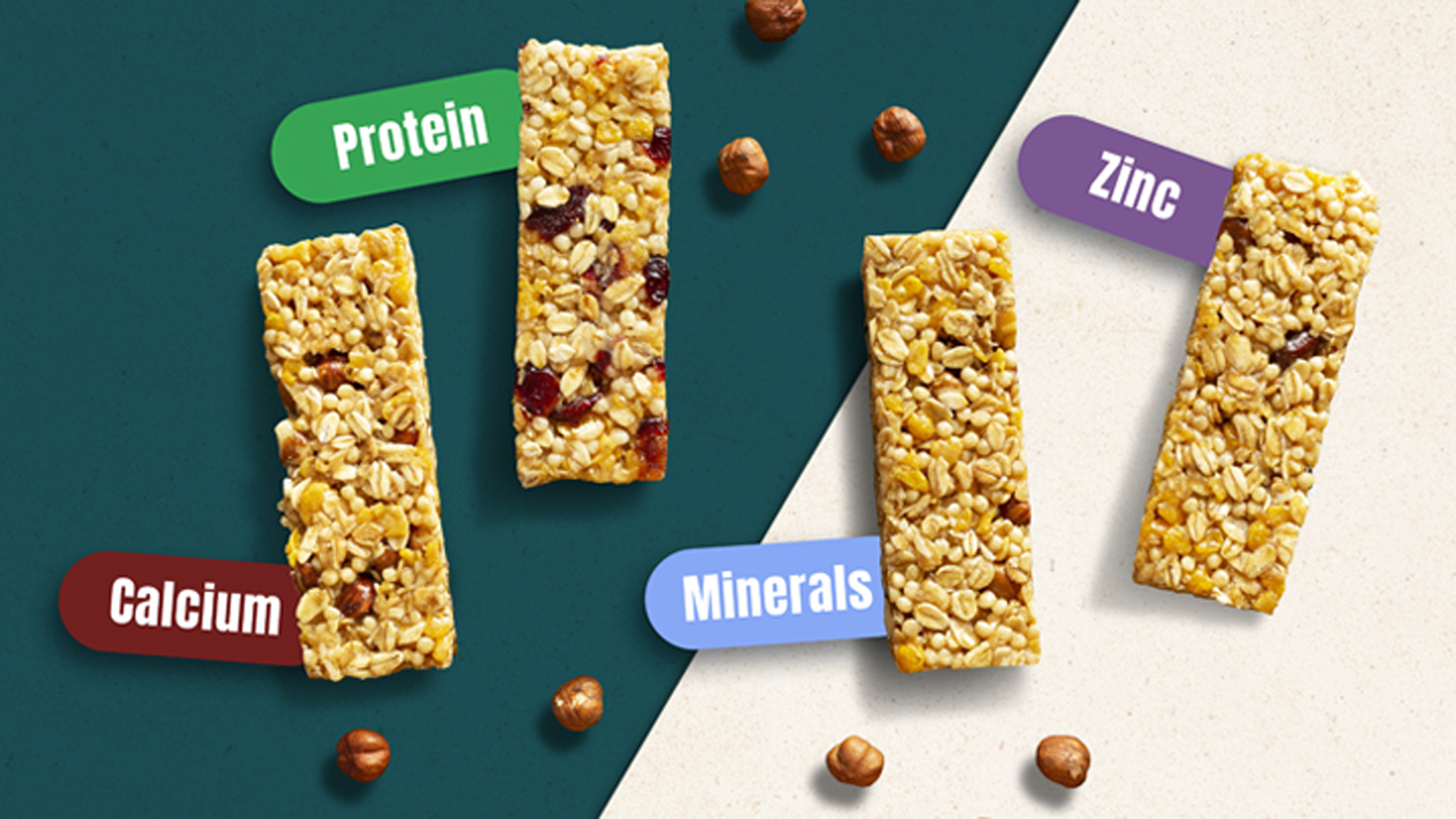If you’re an athlete, you know that fueling your body properly is key to achieving peak performance. One of the most convenient and portable options for fueling on the go is energy bars. Energy bars are a great source of carbohydrates, protein, and other nutrients that can help you power through long training sessions and races.
There are many different types of energy bars on the market, each with their own unique blend of ingredients and nutritional benefits. Some are designed specifically for pre-workout fueling, while others are better suited for post-workout recovery. Still, others are formulated to provide sustained energy during long endurance events. By choosing the right bar for your needs, you can optimize your performance and achieve your goals.
Understanding Energy Bars
If you’re an endurance athlete, you know the importance of fueling your body with the right nutrients to perform at your best. Energy bars are a convenient and portable source of fuel that can help elevate your performance. In this section, we’ll discuss the ingredients and nutrient composition of energy bars, as well as the different types and their uses.
Ingredients and Nutrient Composition
Energy bars are made up of a variety of ingredients, including carbohydrates, protein, and fat. The nutrient composition can vary widely, so it’s important to read the label to ensure you’re getting the right balance of nutrients for your needs.
Carbohydrates are the primary source of fuel for endurance athletes, and energy bars typically contain between 20-40 grams of carbohydrates per serving. Some bars may also contain fiber, which can help regulate digestion and keep you feeling full.
Protein is important for muscle repair and recovery, and many energy bars contain between 5-15 grams of protein per serving. Some bars may also contain added vitamins and minerals, such as iron and calcium.
Fat is also an important source of energy for endurance athletes, and some bars may contain healthy fats such as nuts or seeds. It’s important to choose bars that contain healthy fats, as some bars may contain high amounts of saturated or trans fats.
Types of Energy Bars and Their Uses
There are several different types of energy bars, each with their own unique composition and uses. Some common types include:
- Carbohydrate Bars: These bars are high in carbohydrates and are designed to provide a quick source of energy during exercise. They typically contain little to no protein or fat.
- Protein Bars: These bars are high in protein and are designed to aid in muscle recovery and repair after exercise. They typically contain little to no carbohydrates or fat.
- Meal Replacement Bars: These bars are designed to be a convenient meal replacement option for athletes on-the-go. They typically contain a balance of carbohydrates, protein, and fat, and may also contain added vitamins and minerals.
- Low-Carb Bars: These bars are designed for athletes following a low-carbohydrate diet. They typically contain high amounts of protein and fat, and very little carbohydrates.
When choosing an energy bar, it’s important to consider your individual needs and goals. If you’re looking for a quick source of energy during exercise, a carbohydrate bar may be the best option. If you’re looking to aid in muscle recovery and repair, a protein bar may be more appropriate. Meal replacement bars are a good option for athletes on-the-go who need a convenient source of nutrition, while low-carb bars are best for athletes following a low-carbohydrate diet.
Performance Elevation
If you’re an endurance athlete looking to improve your performance, you’re likely always on the lookout for ways to fuel your body more efficiently. One option that has gained popularity in recent years is the use of energy bars.
Scientific Basis for Energy Supplementation
The science behind energy supplementation is clear: endurance athletes need to consume carbohydrates in order to maintain their energy levels during long periods of exercise. According to a study, consuming carbohydrates during exercise can improve endurance performance by up to 2.5 times compared to consuming water alone. Energy bars are a convenient way to consume carbohydrates during exercise, without having to stop and prepare food.
In addition to carbohydrates, these bars often contain other nutrients that can benefit endurance athletes. For example, many bars contain protein, which can help to repair and rebuild muscle tissue after exercise. Some bars also contain caffeine, which can help to improve mental focus and reduce fatigue.
Case Studies: Endurance Sports Outcomes
Many endurance athletes have reported positive outcomes from using energy bars as part of their training and competition routines. For example, one study found that consuming energy bars during exercise improved cycling performance by 8% compared to consuming a placebo.
Of course, the effectiveness of energy bars will vary depending on the individual athlete and their specific needs. It’s important to experiment with different types of bars and consumption strategies to find what works best for you.
Overall, these bars can be a convenient and effective way for endurance athletes to supplement their energy intake during exercise. By providing a source of carbohydrates and other beneficial nutrients, these bars can help to improve performance and reduce fatigue.
Consumption Guidelines
When it comes to consumption, it’s important to follow some guidelines to ensure that they are being used effectively and safely. Here are some key factors to consider:
Timing and Frequency
Timing and frequency are crucial when it comes to consuming energy bars. It’s important to consume them at the right time to ensure that they are being used effectively. They should be consumed before, during, or after exercise, depending on your individual needs.
Before exercise, it’s recommended to consume an energy bar 30 minutes to an hour before your workout to provide your body with the necessary energy to perform at its best. During exercise, energy bars can be consumed to replenish lost energy and nutrients. After exercise, energy bars can help to restore glycogen levels and aid in recovery.
When it comes to frequency, it’s important not to overdo it. Consuming too many energy bars can lead to unwanted weight gain and other health issues. It’s recommended to consume no more than one or two energy bars per day, depending on your individual needs.
Dos and Don’t with Energy Bar Intake
When consuming energy bars, there are some dos and don’ts to keep in mind. Here are some key points to consider:
Do:
- Do read the label and check the ingredients to ensure that the energy bar is right for you.
- Do consume them in moderation to avoid unwanted weight gain and other health issues.
- Do consume them before, during, or after exercise to provide your body with the necessary energy to perform at its best.
Don’t
- Don’t consume energy bars as a meal replacement. They should be used as a supplement to your diet, not a replacement.
- Don’t consume too many bars in one day. Stick to one or two per day, depending on your individual needs.
- Don’t consume energy bars that contain high levels of sugar or artificial ingredients. Look for bars that are made with natural ingredients and are low in sugar.
By following these guidelines, you can ensure that you are using energy bars effectively and safely to elevate your performance during endurance activities.
Selecting the Right Energy Bar
When it comes to selecting the right energy bar, there are several factors to consider. Here are two important aspects to keep in mind:
Label Reading and Nutritional Claims
Reading the labels on energy bars is crucial to selecting the right one for your needs. Pay attention to the nutritional claims and ingredients listed on the label. Look for bars that are high in carbohydrates, as they are an instant source of energy. Additionally, bars that contain protein can help with the delivery of nutrients to your muscles.
However, be wary of bars that contain high amounts of sugar, as they can cause rapid energy spikes followed by crashes. Look for bars with a balanced ratio of complex and simple carbohydrates to provide sustained energy.
Personalized Energy Needs and Preferences
Your energy needs and preferences are unique to you. Consider your individual energy needs when selecting an energy bar. If you are participating in a high-intensity endurance activity, you may need a bar with a higher calorie count. Alternatively, if you are looking for a snack to keep you going during a long hike, a lower calorie bar may be more suitable.
It’s also important to consider your personal taste preferences. Try different flavors and brands to find an energy bar that you enjoy and can easily digest.
Overall, selecting the right energy bar is an important part of fueling your body for endurance activities. By reading labels and considering your individual needs and preferences, you can find an energy bar that works for you.
Leading image: Image by Freepik





